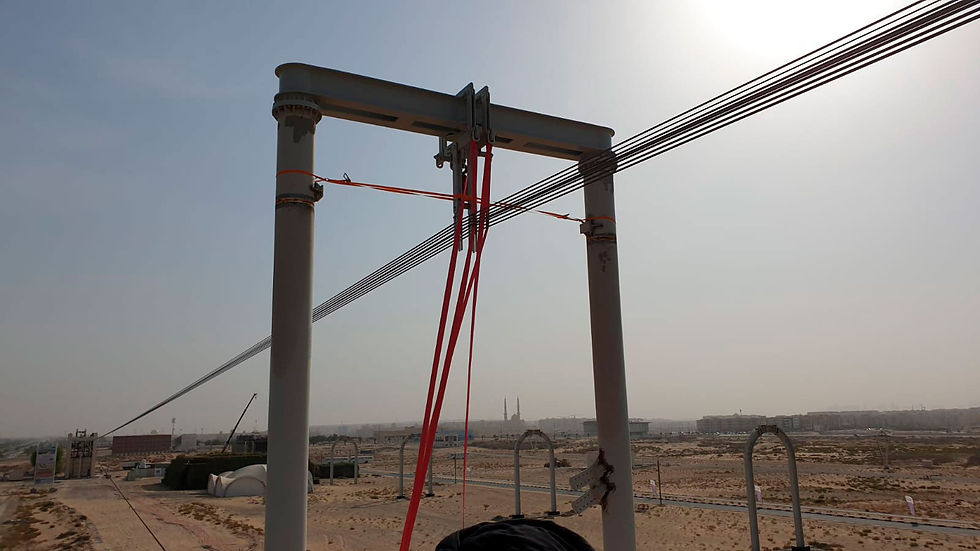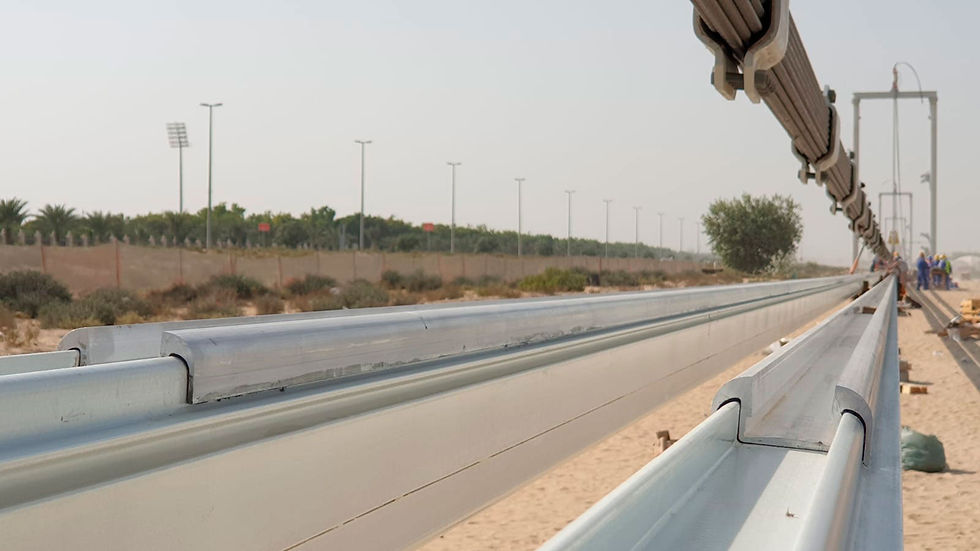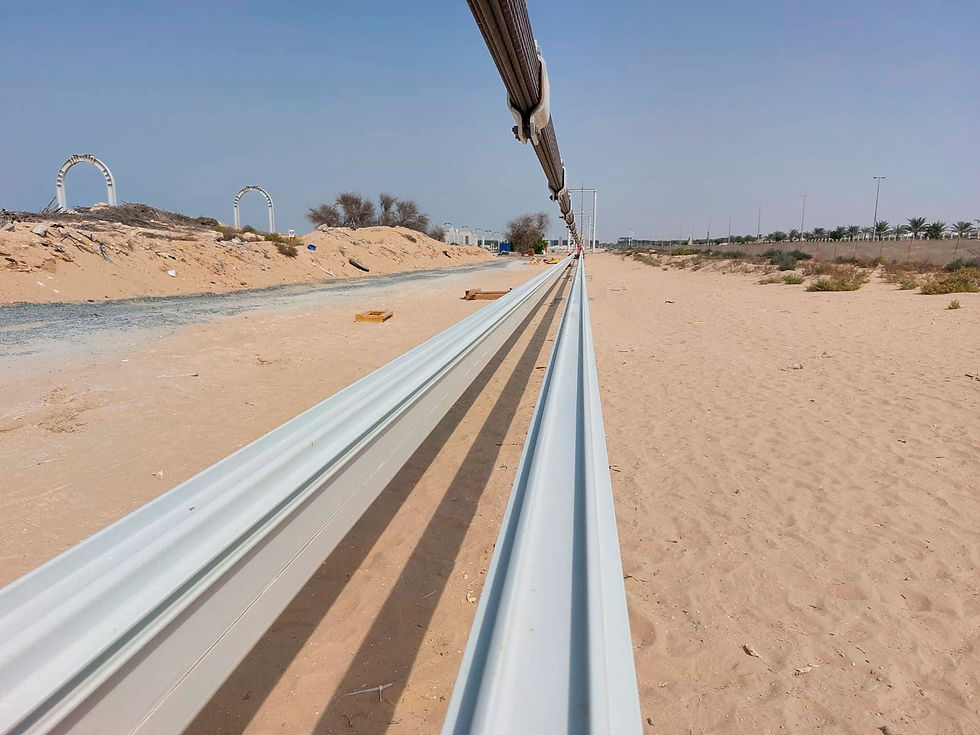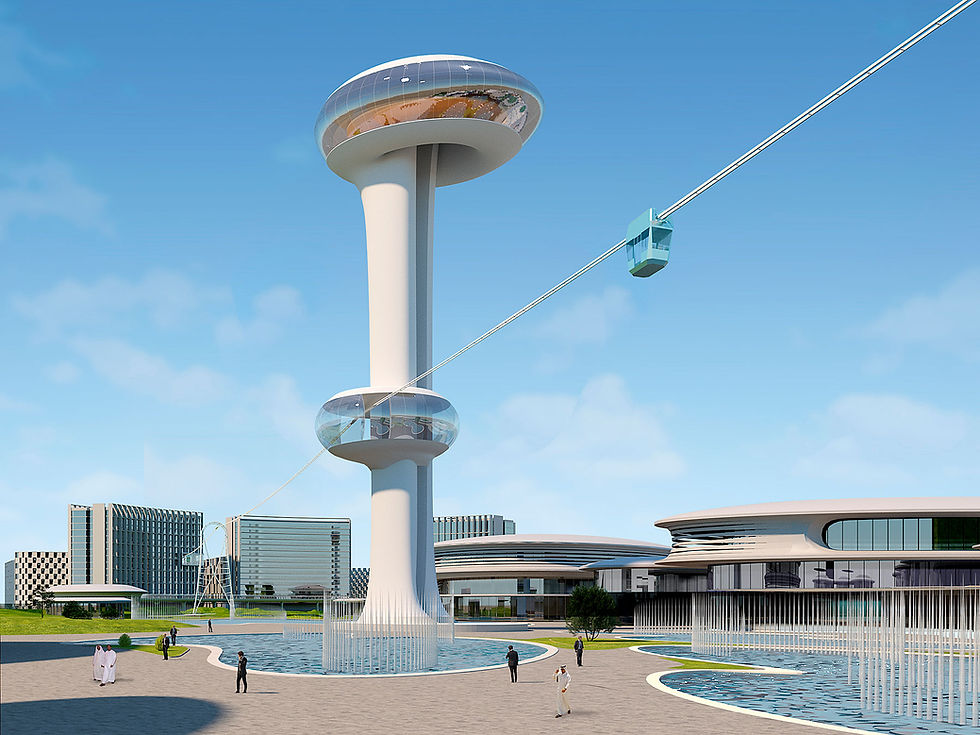[07.03.2023]
As our readers probably know, design, functionality, reliability and appearance of any industrial product are determined by their design. The construct is the core that makes the essence of engineering development. It is the design that further dictates the performance, reliability and, of course, the visual appeal of the final product. Every time users discuss the design or functionality of a new watch, mobile phone or car, one way or another they are talking about their design.
In today's world, there are many requirements pushed onto a product. And one can have long discussions about complexity, high cost or other difficult points, but one cannot ignore demands of the public. When designing the string-rail transport overpass, our designers inevitably face such challenges as the materials selection, calculation of dynamic loads, and taking into account customer requirements.
Such structural material as steel is used worldwide. High-strength steels have long been commonly used in mechanical engineering and the transport industry in particular. However, high density, which equals large weight, is a disadvantage that needs to be dealt with.

Aluminium is the obvious alternative to steel: low density, higher corrosion resistance, high electrical conductivity, market availability. But, on the other hand, aluminium is an expensive material with low tensile strength.

The next development step were composite materials. Currently, the most popular and affordable ones are fiberglass, carbon fiber and polymers reinforced with various types of fibers.

As of now, uSky Transport has experience in design and installation of all of the above materials. Test Track No. 1 at the uSky Test & Certification Centre is the feasibility demonstration of application of high-strength steels, application of reinforcing ropes with a yield strength of up to 1640 MPa, and solutions that join them. Test Track No. 4 has a unique combination of aluminium, composite materials and prestressed high strength steel ropes. This section also demonstrates the main thing – the route length does not matter for uSky.
The quest for new materials and their operation experience are a continuous work in our company, with the target to enter the market with an already tested and certified product.

